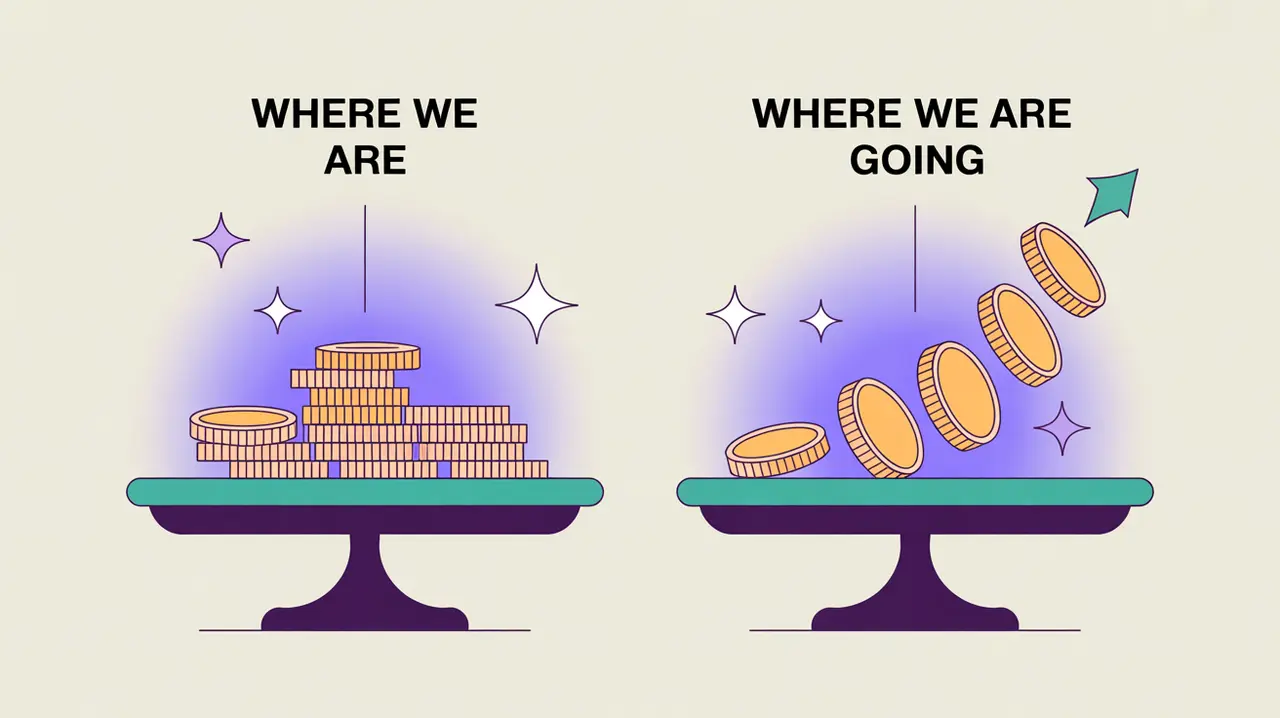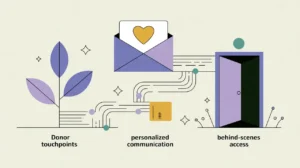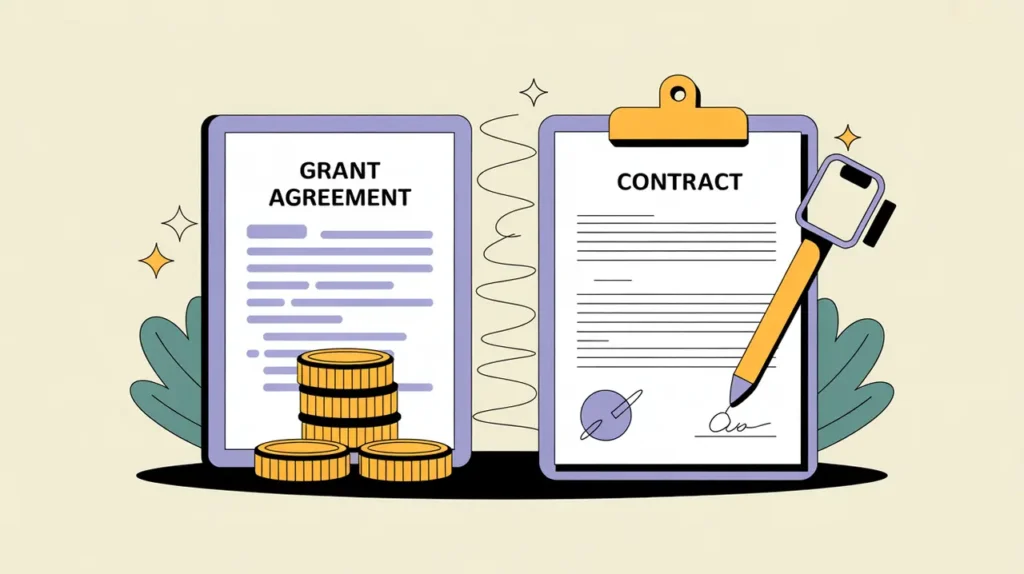What Do Budgeting & Forecasting Involve?
Budgeting and forecasting are central to nonprofit financial health. Budgeting involves planning and allocating resources across programs, staff, and operations in line with mission priorities. Forecasting projects future income and expenses, helping organizations anticipate opportunities, shortfalls, and risks. Together, they allow nonprofits to make informed decisions today while preparing for tomorrow’s sustainability.
In practice, budgeting requires analyzing past performance, estimating costs, and aligning expenditures with expected revenues. Forecasting draws on data, trends, and scenarios to predict financial outcomes under different conditions. This competency ensures that resources are used wisely, strategic goals are resourced adequately, and financial surprises are minimized.
When nonprofits underinvest in budgeting and forecasting, they risk overspending, underfunding critical programs, or missing growth opportunities. Strong performance in this area ensures accountability, sustainability, and the confidence of funders and stakeholders.
What Competencies are Associated with this Role?
Budgeting and forecasting require analytical thinking, financial literacy, and strategic alignment. Competencies include:
- Preparing and managing annual and multi-year budgets
- Forecasting revenue from diverse sources (grants, donations, earned income)
- Estimating program and operational costs
- Conducting scenario planning and sensitivity analysis
- Aligning budgets with organizational priorities
- Monitoring actuals against budgets and revising forecasts
- Communicating financial plans to staff, boards, and funders
- Using financial software and dashboards to model scenarios
- Applying risk assessments to resource planning
- Ensuring compliance with financial policies and regulations
How Might AI and Automation Help this Role?
AI and automation can reduce manual effort and improve accuracy. Opportunities include:
- Automated expense categorization and budget tracking
- AI-powered forecasting using real-time financial and sector data
- Predictive analytics to identify funding risks or opportunities
- Generative AI to create budget summaries and visuals
- Automated scenario modeling with “what-if” options
- Integration of financial systems with program and fundraising data
- Alerts for budget variances or revenue shortfalls
- AI-driven recommendations for cost optimization
What are the Roles by Experience Level?
Roles span from financial support to executive leadership:
- Entry: Finance Assistant, Budget Clerk – prepare data, update ledgers, support reporting
- Mid: Budget Analyst, Finance Officer – develop forecasts, prepare budgets, monitor actuals
- Senior: Finance Manager, Budget Lead – oversee organizational budgeting, align forecasts with strategy, manage reporting
- Executive: Director of Finance, Chief Financial Officer – set financial policy, lead strategic forecasting, advise board and leadership
How Transferable are the Skills from this Role?
Budgeting and forecasting skills are valuable across sectors. Within nonprofits, they support growth into finance leadership, operations, or strategy. Beyond nonprofits, they align with careers in corporate finance, public administration, consulting, and banking. The ability to plan resources, project future outcomes, and balance risk with opportunity is sought after in any environment where financial decisions drive impact.







